Chris Dodkin
West Coast Correspondent
Zack has been given the X100S to test drive, and headed out to Instanbul for a few days to see how it performed.
[video=youtube_share;SlbaWP3mVVA]http://youtu.be/SlbaWP3mVVA[/video]
Great to see his street work, which I've watched for some time - X100s comes out looking very tasty as well
- - - Updated - - -
The image gallery from the video/shoot is here: http://500px.com/zarias/sets/fujifilm_x100s_gallery
[video=youtube_share;SlbaWP3mVVA]http://youtu.be/SlbaWP3mVVA[/video]
Great to see his street work, which I've watched for some time - X100s comes out looking very tasty as well
- - - Updated - - -
The image gallery from the video/shoot is here: http://500px.com/zarias/sets/fujifilm_x100s_gallery

